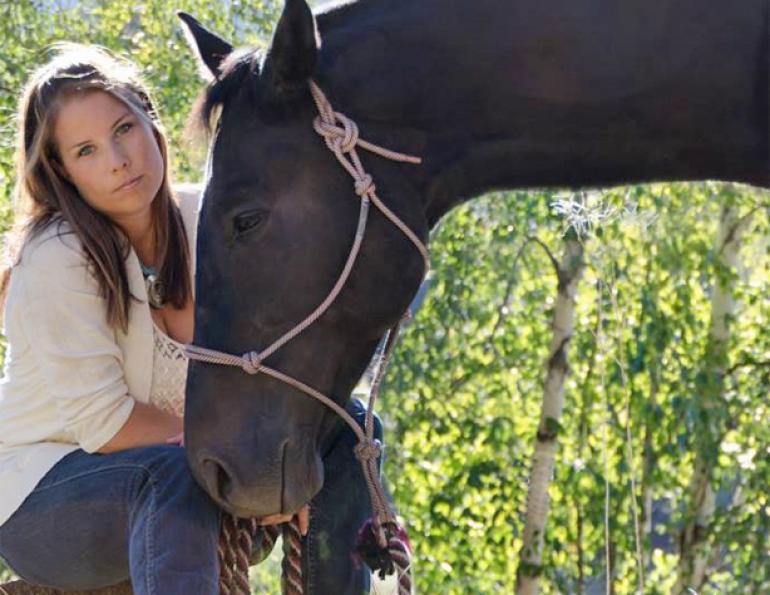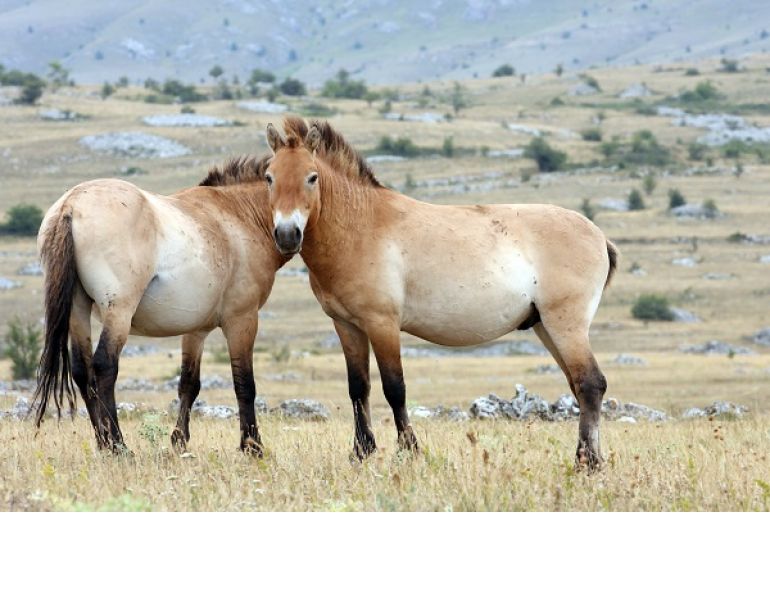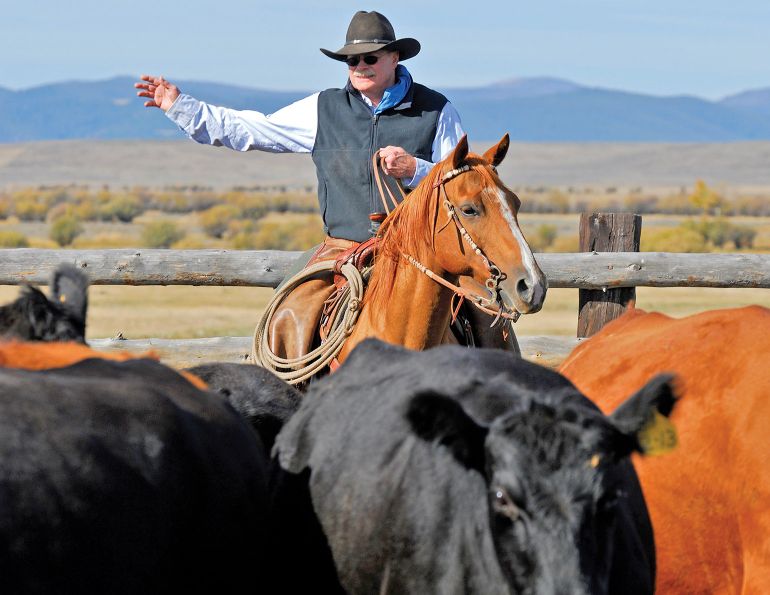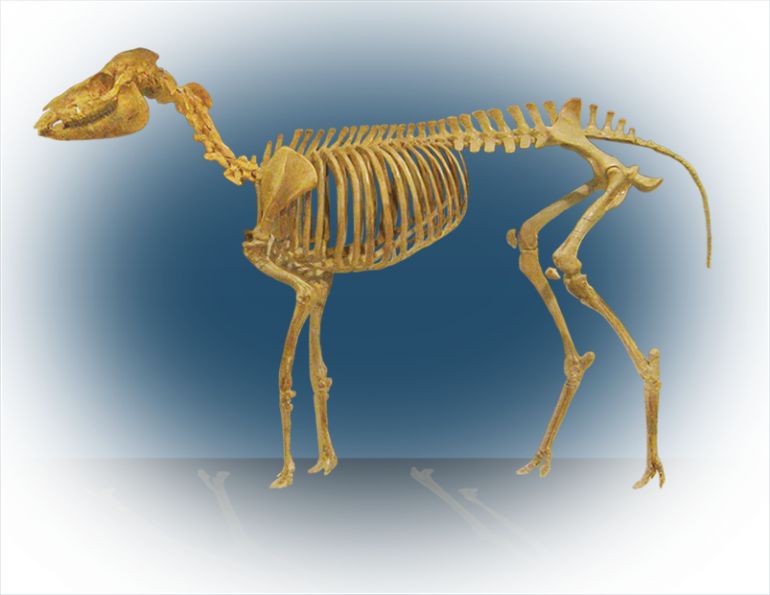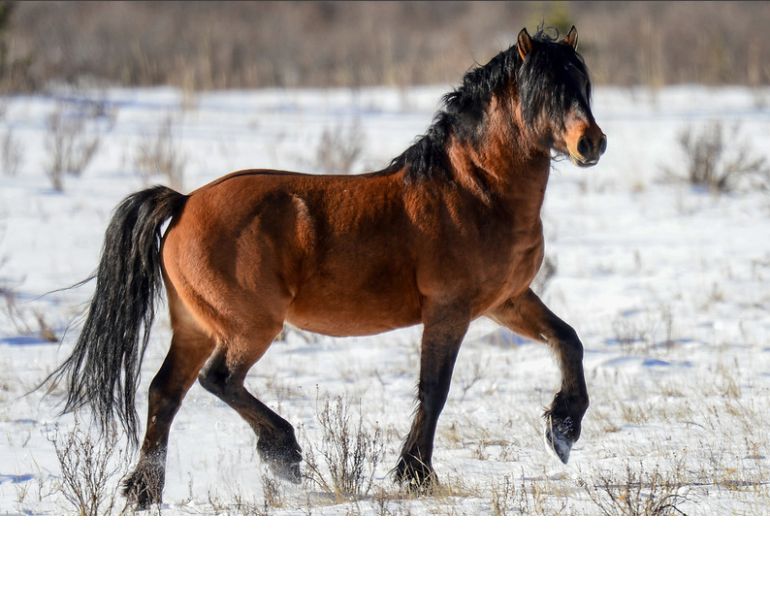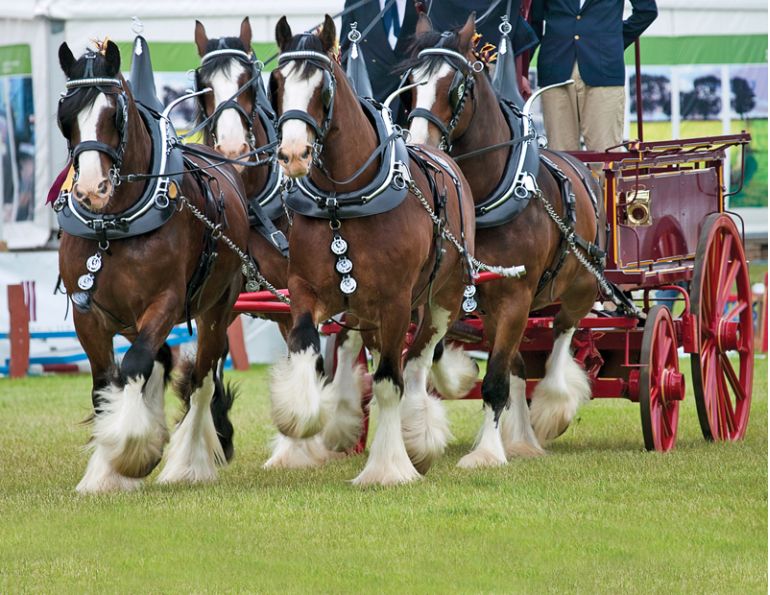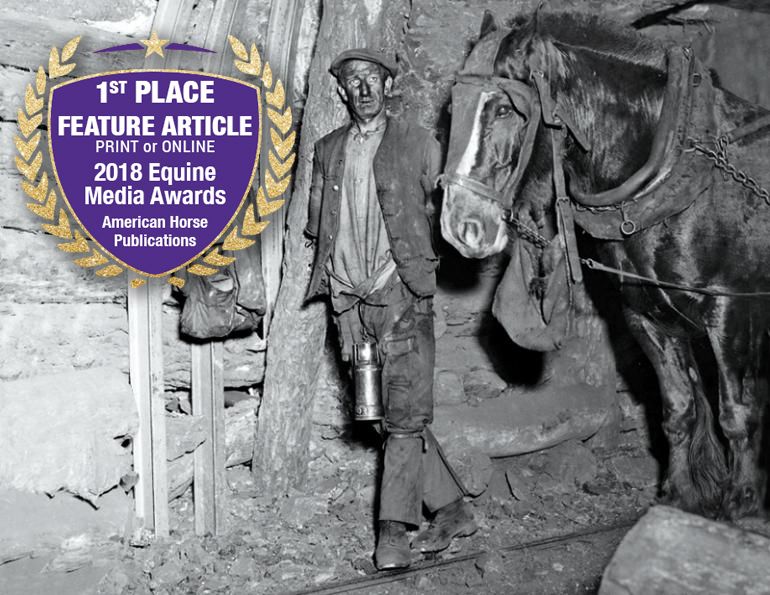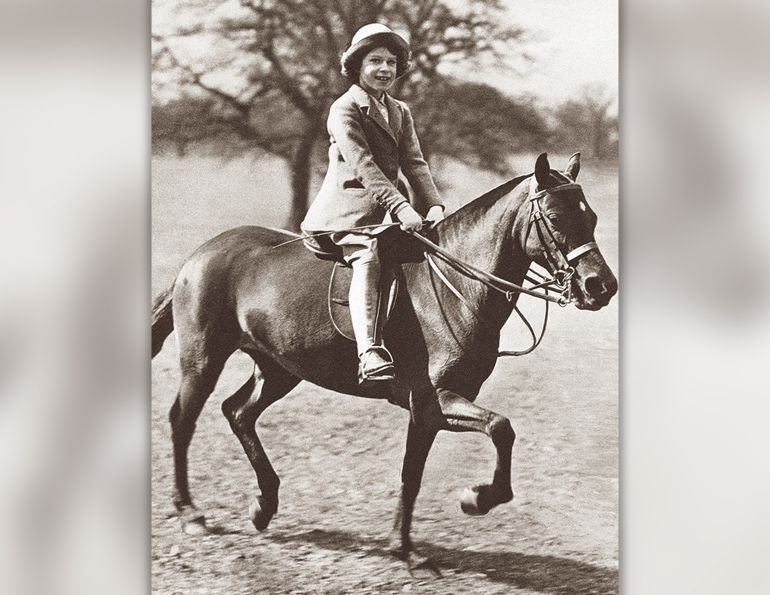By Margaret Evans
The Quarter Horse is renowned for its agility, speed over short distances, and calm disposition. Not only are they enormously valued as working animals on ranches and farms, Quarter Horses excel in competition where their nimbleness and responsiveness are the skills that put them on top, especially in events like reining, cutting, barrel racing, and calf roping. So where do these skills come from?
Understanding genetic pathways can lead to an understanding of the traits they express. A recent genome study on the Quarter Horse showed that the breed has a rich genetic diversity, especially in those genes involved in sensory perception, immunity, and certain cellular processes. Researchers from Texas A&M University sequenced a Quarter Horse mare’s genome with the aim of finding what makes this breed so special. They looked at genetic variants, including single nucleotide polymorphisms (SNPs), as well as mutations associated with performance traits and diseases. The already sequenced Thoroughbred genome was a valuable tool for the researchers; by comparing the Quarter Horse sequence with that of the Thoroughbred, over three million of these genetic variants were found. Then, with the help of a human gene identification library, pathways, traits, and diseases associated with the variations and mutations found in the horse were identified.
“The breeding structure by itself creates a lot of the genetic diversity,” said Dr. Scott Dindot, lead researcher and Assistant Professor in the Department of Veterinary Pathobiology, College of Veterinary Medicine, Texas A&M University. “If you take any pedigree animal and you limit how much breeding can come from outside, then you limit the genetic diversity. Even if you are not interested in a particular trait, if you close the population off over time you will see the amount of variation become reduced. Quarter Horses don’t have that limitation. You have Thoroughbreds and you have all these other horses that were brought in years ago. The way Quarter Horses are bred, you create that much more genetic variation.”
But breeding for desired genetic traits also comes with the danger of vulnerability for certain diseases such as hereditary equine regional dermal asthenia (HERDA), a skin disorder almost exclusively found in Quarter Horses.
“When we looked for disease-causing mutations and variants associated with performance traits we discovered that the Quarter Horse was heterozygous for a mutation in the cyclophilin B gene which is responsible for HERDA and a SNP associated with chestnut coat colour,” said Dindot. “The horse also has SNPs associated with racing endurance, originating in Thoroughbreds, which may explain the Quarter Horse’s speed and stamina.”
The Thoroughbred bloodline had an early foundation influence on the development of the Quarter Horse. One of the earliest Thoroughbred sires in the formation of the Quarter Horse breed was Janus, grandson of the Godolphin Arabian. Janus was imported to colonial Virginia in 1756.
“We took this one Quarter Horse and we sequenced it and looked for all these different types of genetic variants,” Dindot said. “We then compared them to the Thoroughbred genome. We were looking for differences in the DNA sequence between the one Quarter Horse and the one Thoroughbred. We took all those variants, all those differences in the DNA sequence and we looked to see what genes they were present in. Then we went further to determine what biological pathways those genes were involved in. We asked the question, which pathways had the most genetic variation? Which ones were enriched relative to the other genes? We found that (certain) genes regulated sensory perception, signal transduction and the immune system.”
Sensory perception includes such things as olfactory factors, smell, and taste. The research team was not surprised to discover significant genetic differences between Thoroughbreds and Quarter Horses that may explain behavioural differences such as why the typical Thoroughbred is more flighty than the typical Quarter Horse.
The sequencing of the horse genome has been of huge benefit to breeders and the veterinary medicine community because of the possibilities for improving health and performance. This information has also been used to gain better clarity and insight into the evolution of the horse. A fascinating study involving mitochondrial sequencing of domestic horses (the female line) and a Przewalski’s horse (Mongolian wild horse) showed that most of the genetic variation between modern breeds was present long ago in ancestral stock.
Within the realm of horse genome sequencing, the Quarter Horse research is a first on a number of fronts, not the least of which is that the scientists used “next generation” sequencing. The old, conventional method, called Sanger sequencing technology, allowed only a couple hundred nucleotides of DNA to be sequenced at one time. It was complicated, time-consuming, and expensive.
“Now, instead of sequencing one thing in one reaction we can effectively sequence the entire genome in one reaction,” said Dindot of the new next generation sequencing technology. “There are all sorts of good analogies out there but this is in the order of magnitude. It’s much faster and the price has been driven down. Ten years ago genome sequencing was millions of dollars. Now it can be done for a couple of thousand dollars.”
One of the most valuable assets of genome sequencing is to be able to understand the genetic basis behind horse breeds and disease and how that information is used in human disease research.
In 2010, when the horse genome was revealed, researchers were fascinated by the fact that only a small number of chromosomal re-arrangements had occurred in horses relative to humans. As much as 53 percent had remained in their ancestral order reflecting an ancient chromosomal connection between horses and humans. This genetic similarity can explain why horses suffer from more than 90 hereditary diseases similar to those in humans, including infertility, inflammatory diseases, respiratory and allergic diseases, and muscle disorders.
“How do we take an individual genome and glean something from that information relative to performance and health?” asked Dindot. “It’s a big code and deciphering it is difficult to do but we are translating this information (to help) with research into human diseases. That’s where most of the work is being done, in diseases like cancer tumours, etc. Animals are great to do this with. They aren’t separate fields. They are valuable because of the breeding structure and the limited genetic variations they have relative to humans. It’s easier to find disease-causing mutations in animals than humans so they can be used for further research. We can try to understand what is genetically driven and what is not.”
“This project is important because it is a start toward understanding what genetic factors make breeds unique and what mutations may play a role in presenting or diagnosing disease,” said Dindot.
The results of the study have enormous implications for the American Quarter Horse, and the information gleaned from them has the potential to lead to improvements in horse breeding, management, and performance for horses of all breeds.
Main photo: Wikimedia Commons/Tierpfotografien



